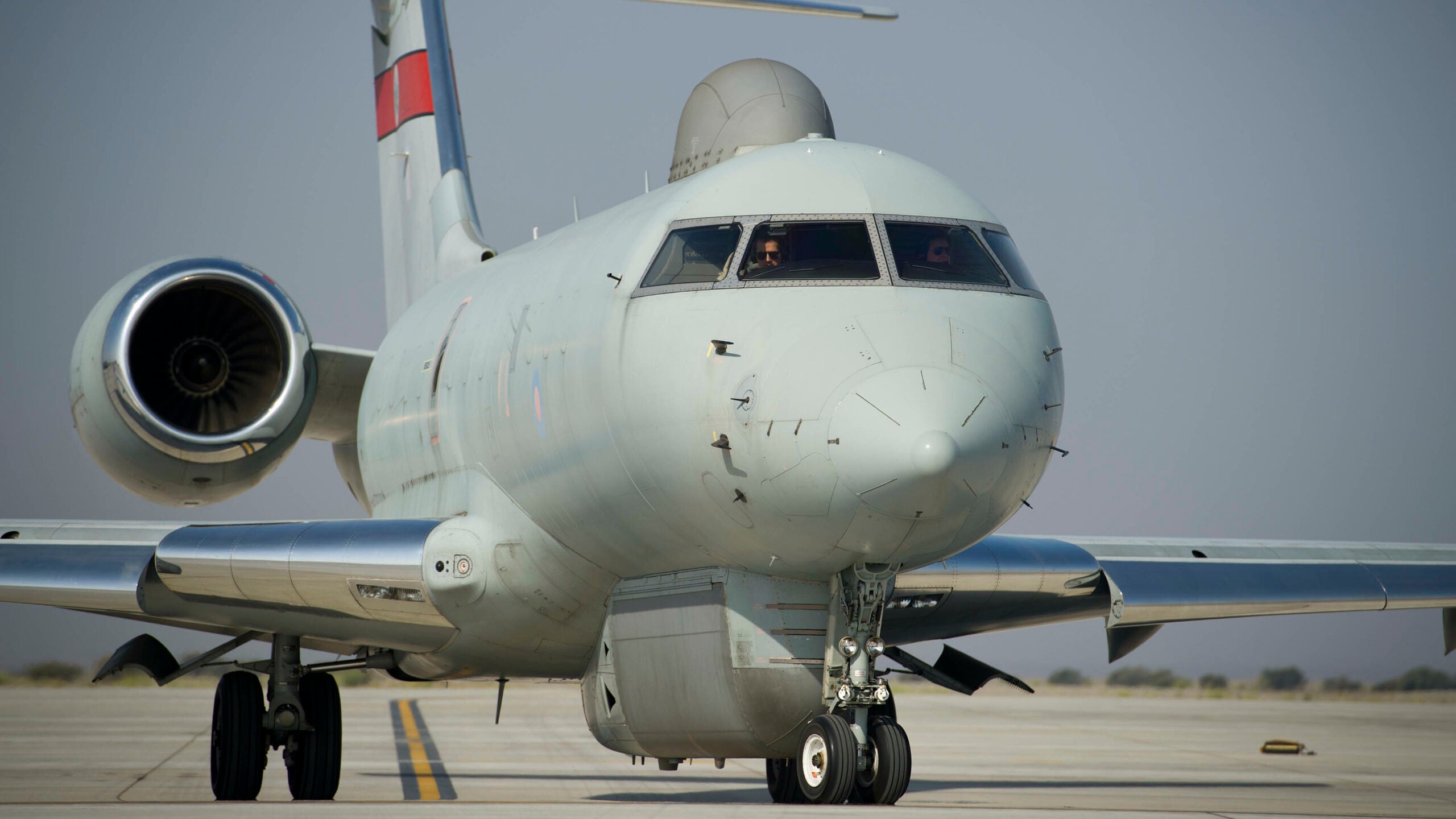The axe has finally fallen on the United Kingdom’s unloved Sentinel R1 radar planes after the government announced plans to sell them. Any potential customers should be aware, however, that the five aircraft — which are based on the Bombardier Global Express business jet airframe — are only being offered in the form of spare parts.
The aircraft, which are yet to be formally withdrawn, entered service in 2007 and began flying operationally over Afghanistan the following year. In the past, The War Zone
looked in detail at the U.K. Royal Air Force (RAF) Sentinel R1, the capabilities of which suggested that it might have been possible to find a buyer interested in taking the aircraft as complete systems and putting them back into service. Instead, the aircraft will now be dismantled to harvest reusable parts.
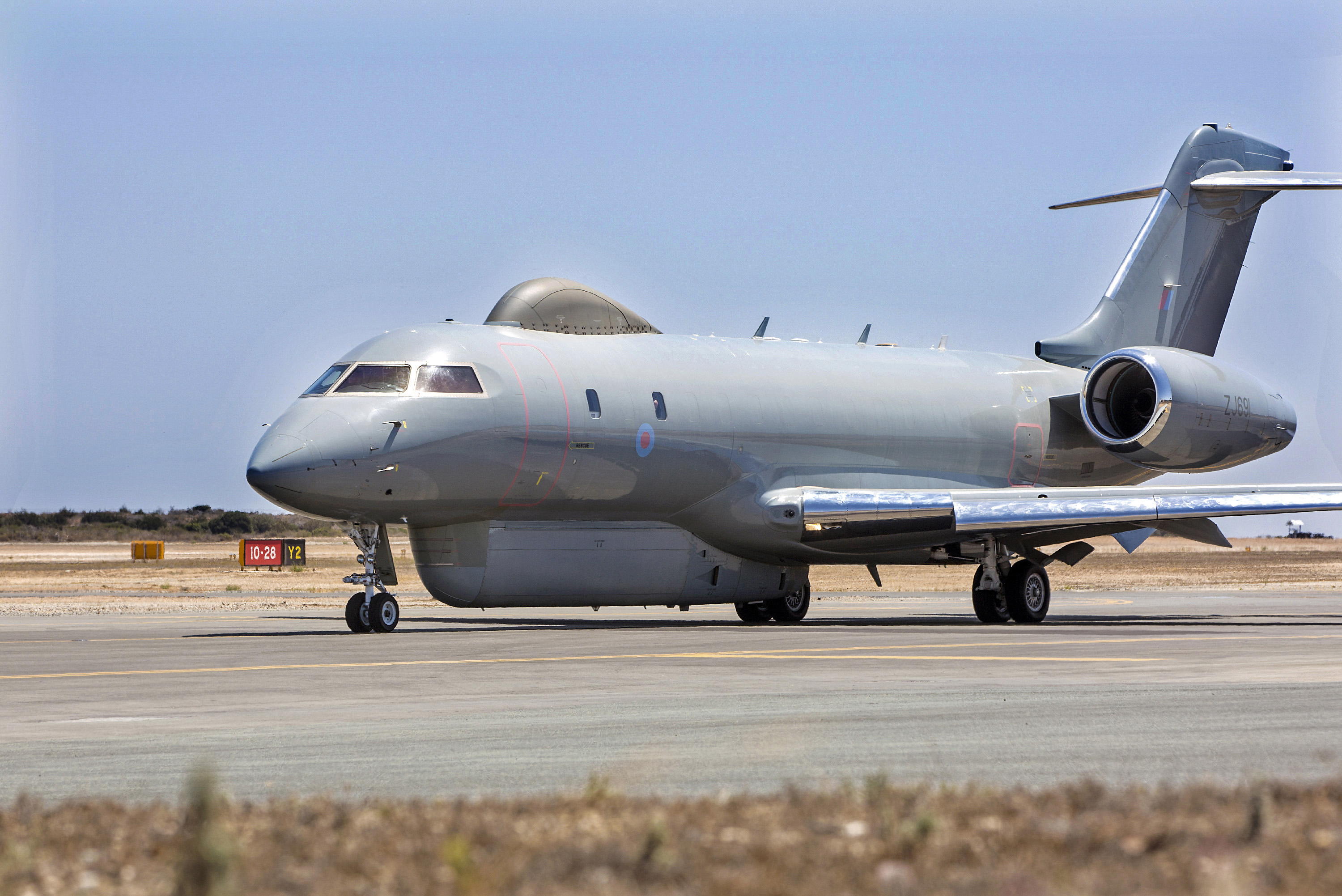
Sale of the Sentinels, together with a pair of E-3D Sentry AEW1 Airborne Warning and Control System (AWACS) aircraft, was announced recently on the U.K. government’s website, which provides the following notice:
The Defence Equipment Sales Authority (DESA) is inviting expressions of interest from companies interested in being considered for receiving an Invitation to Tender (ITT) in respect of the proposed sale of the aircraft for stripping so to harvest all reusable parts for potential resale, recycling or disposal and final dismantling and removal of the remaining platforms. Note these aircraft are not for reuse.
No dates for disposal are mentioned, but other sources suggested that the aircraft would begin to be broken down for spares beginning next year. As well as the five Sentinels themselves, the DESA is offering a “significant number of associated inventory spares and ground support equipment.”
Meanwhile, the two Sentry aircraft comprise airframes that were put into storage at their base at RAF Waddington, Lincolnshire, last year, as part of the drawdown of the RAF’s airborne early warning and control (AEW&C) fleet. The RAF’s Sentry is being replaced by the E-7 Wedgetail AEW1, while the Sentinel — which has seen operational service over Iraq, Libya, Mali, and Syria — will be retired without a direct replacement.

The War Zone’s Tyler Rogoway provided a summary of the impressive capabilities offered by the RAF Sentinel R1, back in 2017:
These aircraft provide unique intelligence by keeping track of moving vehicles and taking highly detailed synthetic aperture radar “pictures” or “maps” of the battlefield. They can do this at standoff ranges and over huge swathes of the Earth’s surface. They have secondary overwater maritime surveillance and low and slow flying target tracking capabilities, as well. Their data can be used in real-time to inform and reposition ground forces, or to order attacks on enemy columns, or to divert tactical reconnaissance aircraft, such as MQ-9 drones or MC-12s, to take a closer look at a certain area using their electro-optical or tactical GMTI radar systems.
The Sentinel’s “imagery” can also be used for planning future strikes, for bomb damage assessment, and for keeping track of the enemy’s pattern of life around key areas. In essence, it gives its warfighting “team” an unfair advantage over the enemy, and it can even do so through bad weather and smoke when optical and infrared sensors are left all but useless.
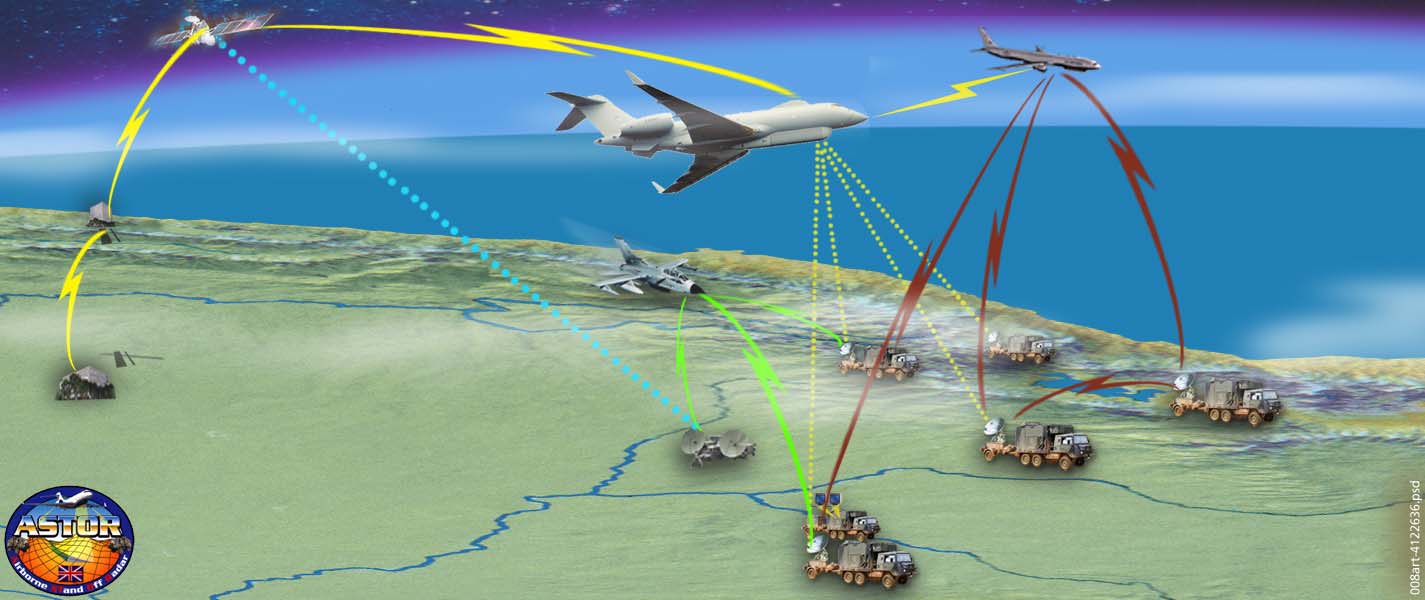
The fate of the Sentinel R1 has long been a subject of debate and the fleet was earmarked for permanent retirement as long ago as the 2010 Strategic Defence and Security Review (SDSR). The aircraft were originally to be disposed of in 2018, but the continued demand for their services saw that date pushed out to March 2021 as part of revised planning under the 2015 SDSR. However, at the same time, the operational fleet was reduced to four aircraft, with one Sentinel going into storage in May 2017.
Having only entered service with the RAF in 2008, the Sentinel was still a relatively young platform. A comparison could be made to the age of the U.S. Air Force’s fleet of veteran E-8C Joint Surveillance Target Attack Radar (JSTARS) battlefield management command and control aircraft, which performs a broadly similar role to the Sentinel R1. However, the JSTARS jets were built around secondhand Boeing 707 airliner airframes that were far from new when they were introduced into U.S. Air Force service starting back in the early 1990s. Bearing in mind the potential years of useful service that the Sentinel could still provide, the decision to simply scrap these aircraft seems all the more bizarre.
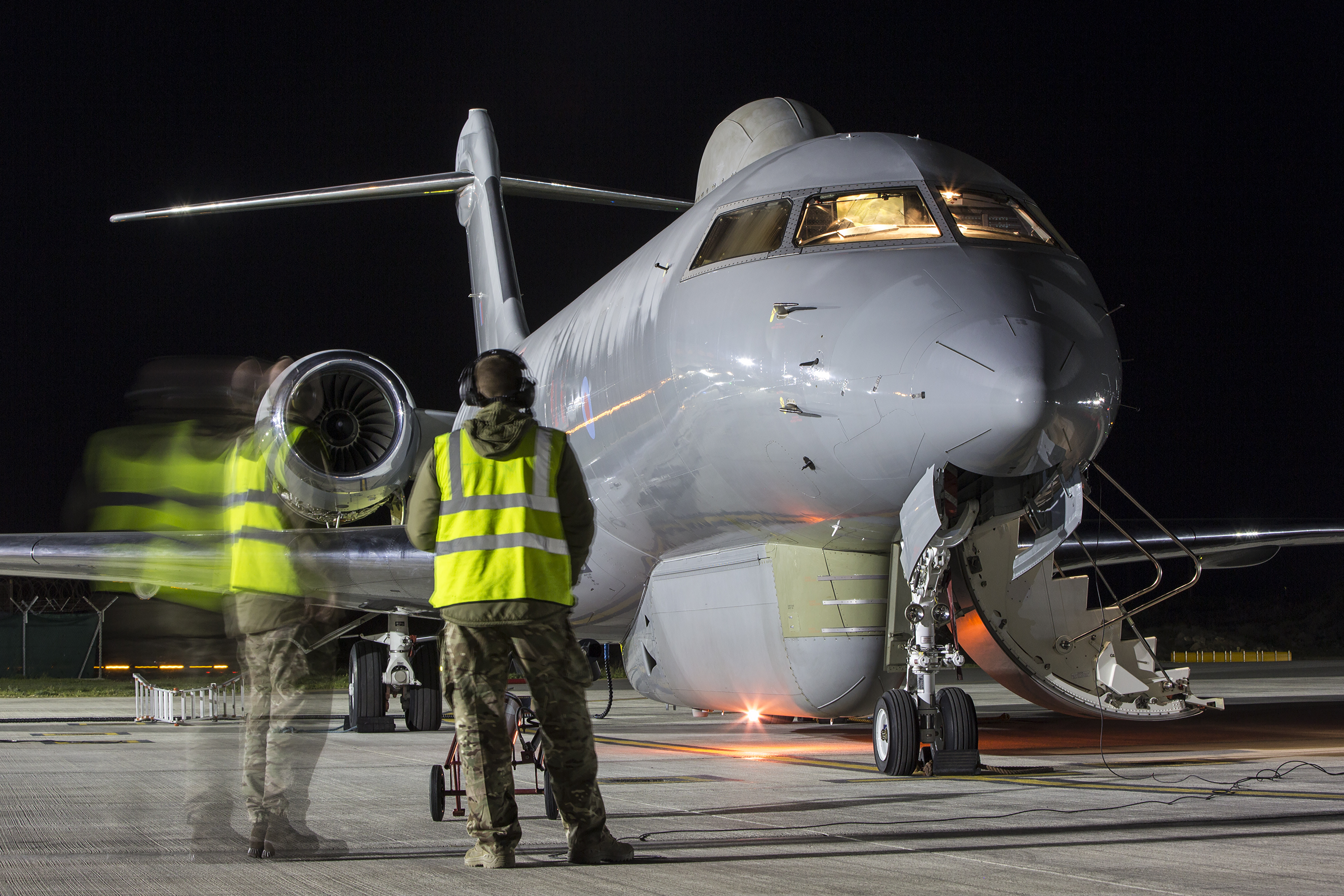
As recently as last summer, a report from the Royal United Services Institute (RUSI), a U.K.-based defense and security think-tank, described the remaining four RAF Sentinels as “superb and relatively efficient aircraft which provide critical airborne intelligence-gathering services for joint commanders around the world.”
That same report made the case for replacing the Sentinels with the AN/APS-149 Littoral Surveillance Radar System (LSRS) that could be mounted on the RAF’s fleet of P-8A Poseidon MRA1 maritime patrol aircraft, nine of which are on order, with first deliveries taking place earlier this year. The LSRS is already in service on a number of U.S. Navy P-8As.
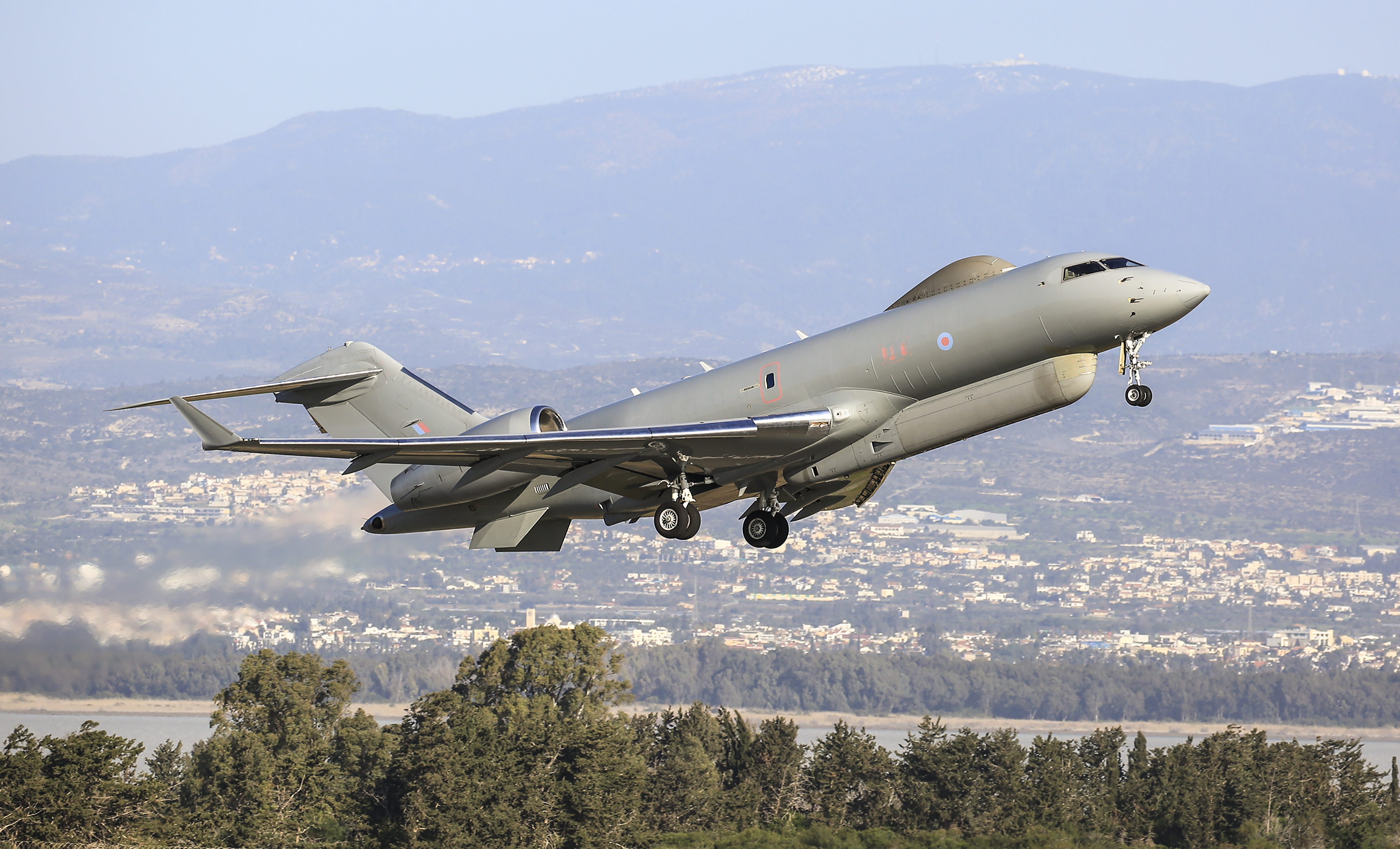
Ultimately, operating such a small and bespoke fleet proved simply too expensive for the United Kingdom and the Sentinel was unable to escape the long-planned cuts. The War Zone
argued in the past that the Sentinel R1 could provide the U.S. Air Force with a nearly off-the-shelf augmentation of the tired JSTARS fleet, but with that avenue now closed off, the best that could be hoped for is a supply of spares for the USAF the E-11 Battlefield Airborne Communications Node (BACN) fleet, which is also based on the Global Express airframe. It is noteworthy, perhaps, that the U.S. military snapped up the UK’s Harrier fleet, once those short takeoff and vertical landing jet fighters were withdrawn, to provide spares for the U.S. Marine Corps AV-8B fleet.
Now, with the jets set to fly their last sorties, those that operated the Sentinel — and those that benefited from the intelligence it gathered — may well wonder what could have been, had the fleet been sold intact.
Contact the author: thomas@thedrive.com
